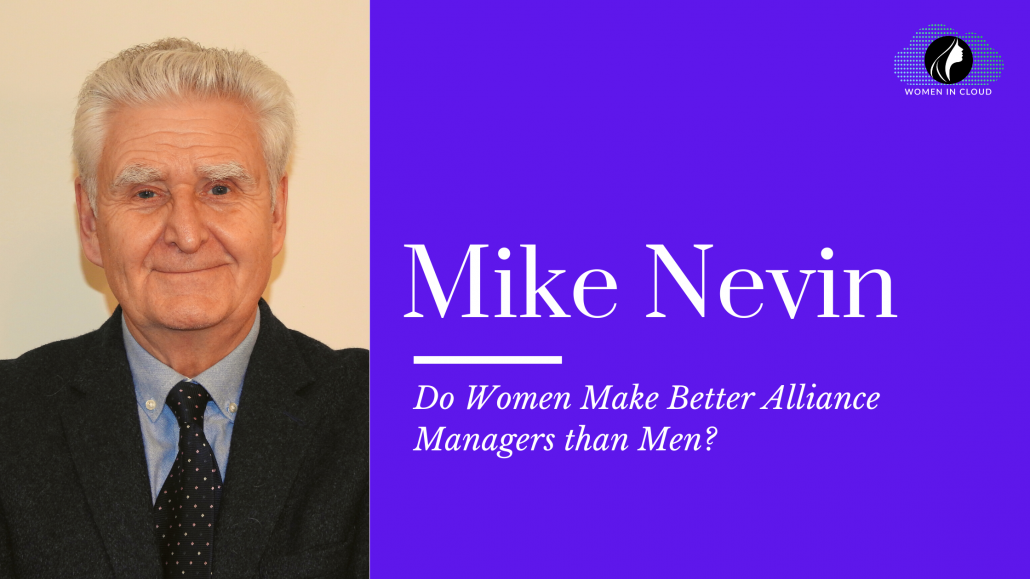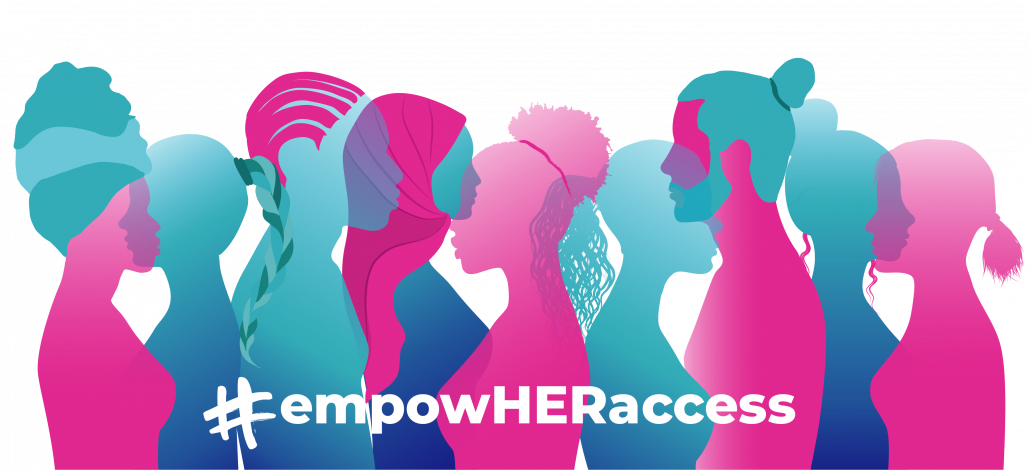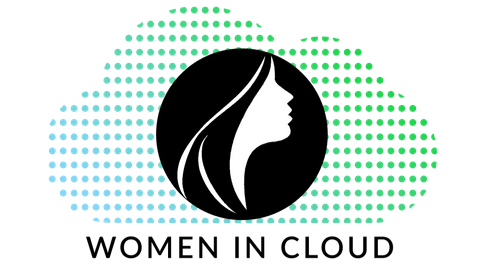Today, Women in Cloud is thrilled to announce the first-ever #EmpowHERAccess Awards, a unique opportunity for entrepreneurs to recognize those who have facilitated their access and ensured business stability throughout the pandemic.
Women in Cloud (WIC) partners with M12 – Microsoft’s Venture Capital Fund to award those who have created access for women in tech to support their stability and recovery from the impacts of the COVID-19 pandemic.
#empowHERaccess is an annual digital advocacy campaign by Women in Cloud to generate greater economic access for women in technology. Launched in 2020, the campaign reached over 600K women all! This year, as part of the #empowHERaccess campaign, we at Women in Cloud invite you to join us in acknowledging and celebrating the many stories of pivot and perseverance during the global pandemic. The application ends on June 30, 2021. So start your nominations today!
Women in Cloud has created eight awards to recognize and commemorate these vital members of our community:
- Digital Transformation Project of the Year Award: This award celebrates excellence in digital transformation through the cloud and AI technologies. This award is sponsored by Microsoft Corporation.
- Cloud Solution of the Year Award: This award sponsored by Insight, celebrates the cloud solution that most successfully innovates through the use of cutting-edge cloud and AI technologies as a result of the Covid-19 pandemic.
- Supplier of the Year Award: This award celebrates companies who have managed to be accessible to female entrepreneurs during the recent epidemic and have increased their supplier ecosystem to accommodate their diverse needs.
- Advisor of the Year Award: This award celebrates the advisors and mentors who have continued to support women entrepreneurs during the COVID-19 pandemic by unlocking their rolodex, volunteering their time, and sharing their knowledge.
- Investor of the Year Award: This award celebrates investors who continued to provide economic access to women entrepreneurs during the pandemic by investing $1M+ into women-owned or led technology businesses.
- Innovative Partnership of the Year Award: Sponsored by Accenture, this award celebrates companies that have partnered with women technology entrepreneurs to co-sell their solutions into the enterprise ecosystem.
- Cloud Technology Deal of the Year Award: Our Cloud Technology Deal of the Year will be notable for creating new partnerships, coalescing resources, or injecting funds into innovative cloud businesses. This award is sponsored by Meylah Corporation.
- Women in Technology Outstanding Leadership Award: The award recognizes outstanding contributions to the cloud industry by an individual. Our Outstanding Leader will be an industry leader whose creativity, passion, and innovation are driving the space forward—someone who embodies cloud excellence. M12 – Microsoft’s Venture Fund sponsored this award.
We welcome you to nominate organizations, suppliers, advisors, investors, and women technology leaders and help us recognize powerful force contributing to your success in the technology industry. Those chosen will be honored at an Award Ceremony on July 16th during the WiCxInspire event.
Important:
1. Organizations and initiatives can nominate themselves!
2. Nominations are open until 30-Jun-21. Learn more!
3. This year’s award ceremony will be on July16th, 2021 during the WiCxInspire Event
For information on the #EmpowHERAccess Inaugural Awards, click here.
The countdown begins!



